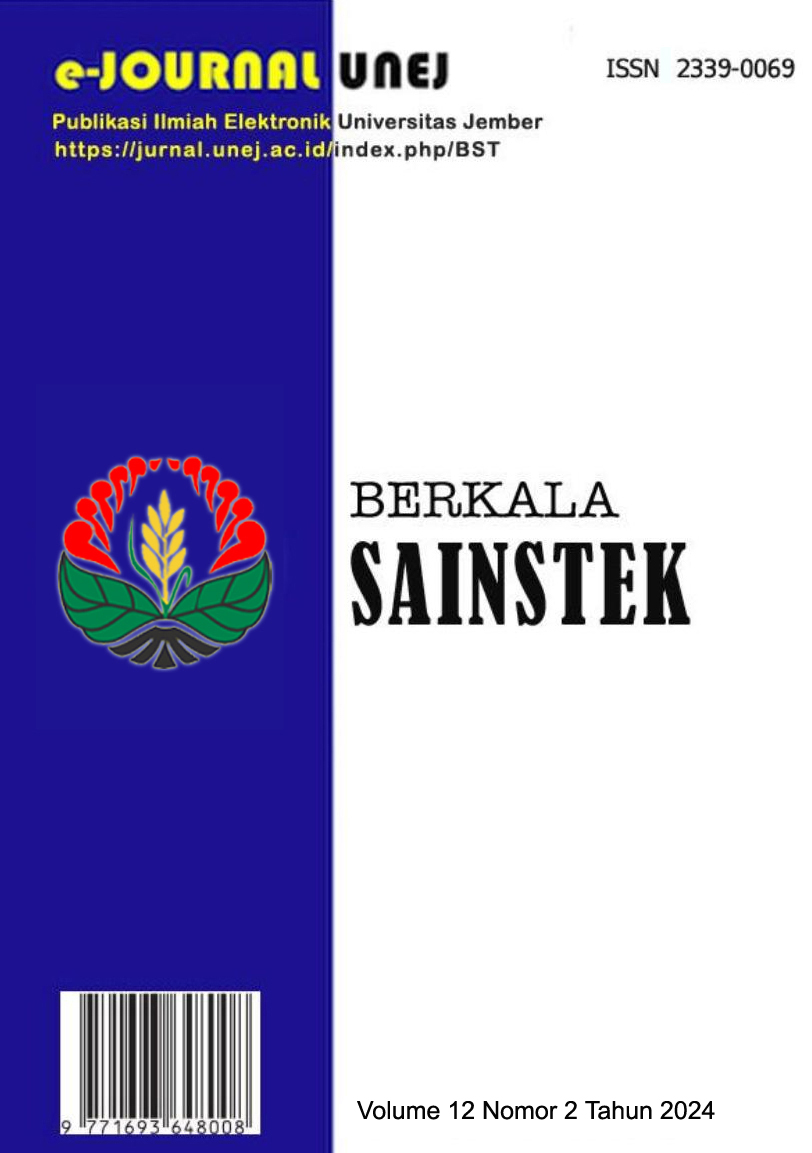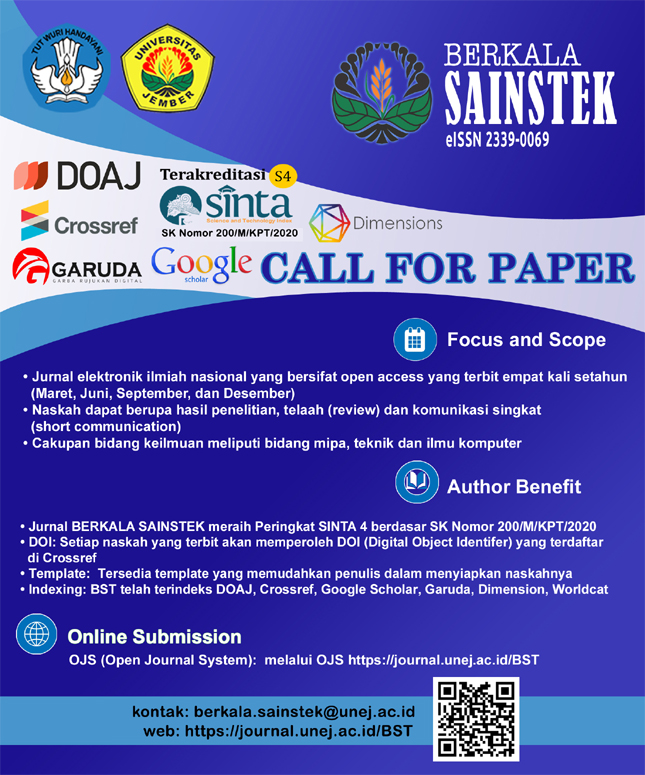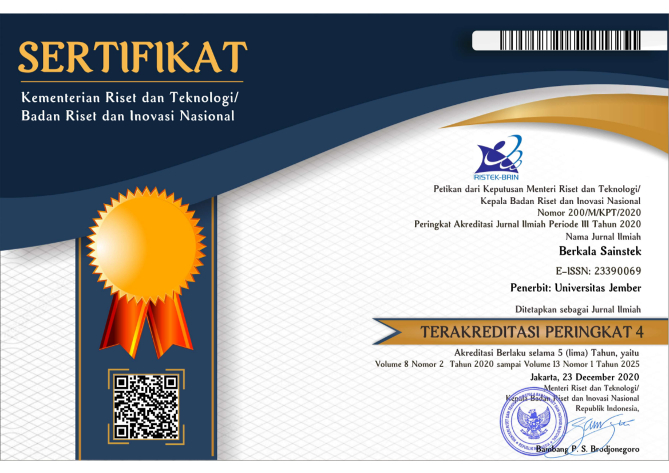Ocean Contribution to Coastal Heavy Rainfall During Dry Season (Case Study of Bengkulu 2016-2022)
DOI:
https://doi.org/10.19184/bst.v12i2.43989Keywords:
Rainfall, Drought, Bengkulu, ERA5Abstract
This study aims to determine the contribution of the ocean to the intensity of heavy rainfall in Bengkulu, Indonesia during the dry season (2016-2022). The primary data used in this study is daily rainfall data from the Bengkulu Meteorology Climatology and Geophysics Agency BMKG station. In addition, supporting data are also used in the form of rain parameters, 10 m wind, sea surface temperature, and sea surface currents from ERA5 reanalysis data with daily temporal and spatial resolution of 0.05°. The method used is a composite method that calculates 64 samples of heavy rain. The results showed that low-speed winds formed an eddy in the sea area west of Sumatra which together with heavy rains resulted in an increase in sea surface temperature. In addition, for the 2019 dry season case study, 1 m/s winds near the Bengkulu coast are associated with heavy rainfall (>100 mm) and during the 2022 dry season, 1-4 m/s winds spread from the coast to the Indian Ocean sea, causing rainfall (>50 mm) on the Bengkulu coast and surrounding areas. When sea surface temperatures are high there is the potential for heavy rainfall in areas of low wind speed. The current in each year is different and has a pattern, every year a strong current from the Indian Ocean will move towards the coastal area every 3-year period. When in 2016 the current (>1 m/sec) is in the Indian Ocean, then the following year 2017 the current (>1 m/sec) shifts closer to the coastal area until in 2018 a strong current is on the coast and the following years a stronger current comes from the Indian Ocean.






